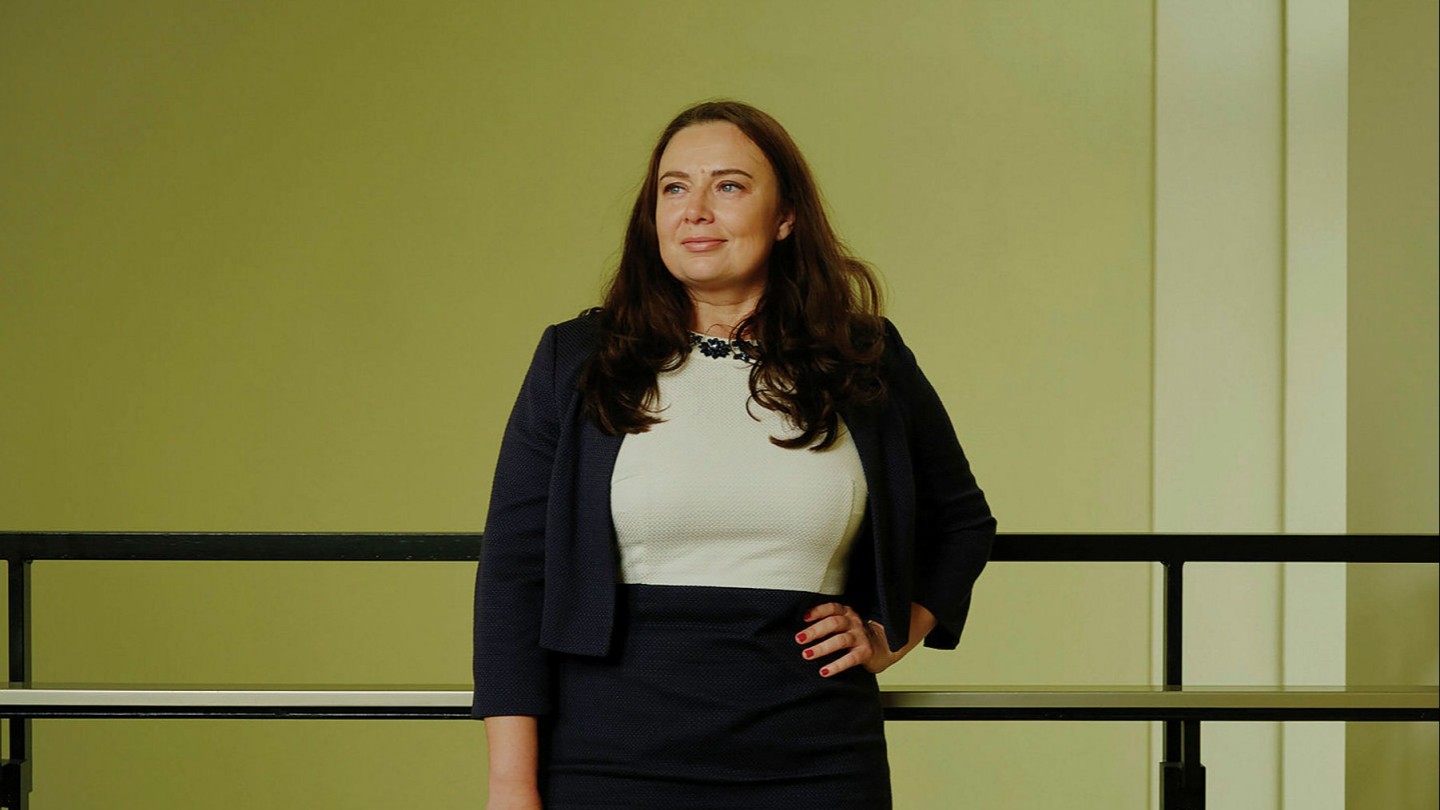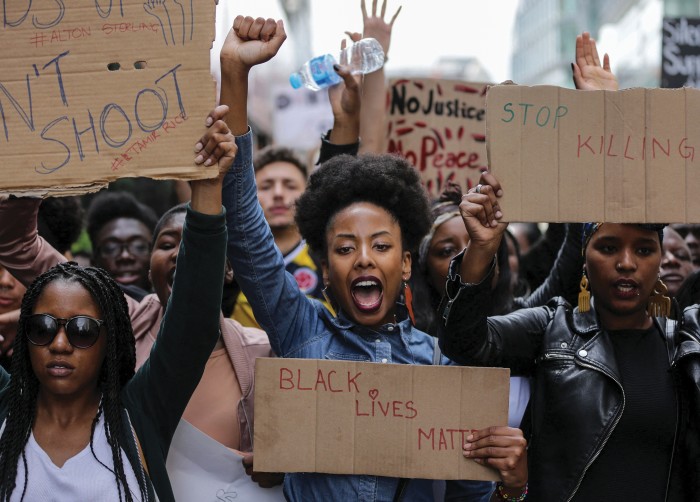Business schools dig deeper on diversity

Roula Khalaf, Editor of the FT, selects her favourite stories in this weekly newsletter.
Simona Catana turned to executive education to boost her confidence after feeling she had faced subtle discrimination at work because of her gender. She recalls being the only woman in a meeting and being asked to take notes.
A freelance consultant in Paris, she previously sold intellectual property protection services in London. “When you’re a woman in a very male-dominated industry it can feel a bit overwhelming,” says Catana, who is Romanian.
In December 2020, she enrolled in the Women’s Leadership Excellence programme at ESMT Berlin, in which students learn how to overcome bias, strengthen leadership capabilities and build a supportive professional network. Catana came away feeling empowered, she says.
“Having other women . . . reflecting on their experience and how to cope with these challenges, you realise you are not alone, and that is very powerful,” she says. “You need to be self-assured, in order to speak up, to have initiatives, to come up with new ideas because otherwise you will just sit quietly and wait for things to happen to you.”
Diversity, equity and inclusion were already growing priorities for corporate executives. But movements, such as #MeToo, against sexual harassment, and the worldwide Black Lives Matter protests that followed the murder of George Floyd in 2020, have sharpened focus on the issues.
That shift is now driving demand for training to help senior management tackle the challenges and opportunities of supporting diversity, equity and inclusion at work — and to lead effectively across various dimensions of difference, such as ethnicity, gender or sexuality. Academic research that correlates diversity with increased profitability has also reinforced interest in the area.

Business schools have responded with new courses aimed at catalysing cultural and structural change in the workplace. This year, King’s Business School announced the creation of the Building Gender-Inclusive Workplaces programme, developed in partnership with the Global Institute for Women’s Leadership at King’s College London.
It comes as changes in work practices driven by Covid have brought inclusivity into focus. “Flexibility has been seen as a good thing but hybrid work can be a nightmare for women,” says Madeleine Wyatt, reader in diversity and inclusion at King’s Business School, citing an increase in work and home responsibilities for parents and caregivers.
In the King’s programme, participants — both male and female — learn ways to eradicate systemic barriers to gender inclusivity, such as informal processes and organisational politics. “There are issues around networking and women and people of colour being able to access powerful mentors and sponsorship, two big levers you can pull,” says Wyatt.
Executives are also trying to staunch an exodus of employees known as the “Great Resignation”, driven in part by the growing importance placed on company culture.
“There’s been a noticeable uptick of interest from organisations — after the murder of George Floyd and others — in addressing past social injustices by bringing in diverse talent,” says Gary Fraser, associate dean for diversity and inclusion at New York University’s Stern School of Business. “But they are just looking at the metrics, not what happens when people are hired. That’s why we have retention issues.”
In Stern’s Leadership for the 21st Century course, Fraser teaches a module on developing intercultural competence — the ability to collaborate effectively with people of different cultural backgrounds. The key is understanding, through an open dialogue, people’s various dimensions of difference in order to connect and relate to them on a human level, he says.
“The reason why organisations don’t have the numbers they should have with regard to women and people of colour is they are trying to fit a culture that is different to who they are. They still put on a uniform when they go to work and are not able to be their true self.”
Shaheena Janjuha-Jivraj, associate professor in entrepreneurial leadership and diversity at HEC Paris’s Qatar campus, agrees. “There is this assumption that if you build diverse teams, performance elevation will occur,” she says. “But it’s not that simple. The gains can’t happen unless you start to fundamentally shift the culture and leadership model.”
HEC launched its Moving Beyond Equality programme in Paris this year. The course aims to nurture a purposeful approach towards curiosity in order to create an environment of psychological safety and trust in which creativity and risk-taking can flourish. “This is incredibly difficult for leaders as they shift away from being the superhero who knows everything to encouraging more conversations and asking questions,” says Janjuha-Jivraj.
The goal is innovation: Boston Consulting Group research shows that companies with above-average diversity in their management report innovation revenue 19 percentage points above those with more homogenous leadership.
However, Roberto Fernandez, professor of organisation studies at MIT Sloan School of Management, questions the business case for diversity, pointing out that correlation does not equal causation. “If that is what is driving you, you do so with some peril,” he says. “If you stray too far from the moral case, you risk losing your social licence to operate.”
Fernandez co-created the Leading a Diverse Workforce programme at Sloan, which aims to nurture diverse, inclusive and effective teams and organisations. A big part of that is tackling strongly held beliefs: for example, some participants assume gender imbalances in leadership stem from promotion practices when in fact they are often due to hiring and exit patterns, says Fernandez.
But broaching these emotionally charged subjects in the classroom can ignite tensions between participants. As in the workplace, he says leading mixed teams with conflicting views requires a deft hand. “Managed well, diversity is an asset but managed poorly, it won’t add value.”
Comments